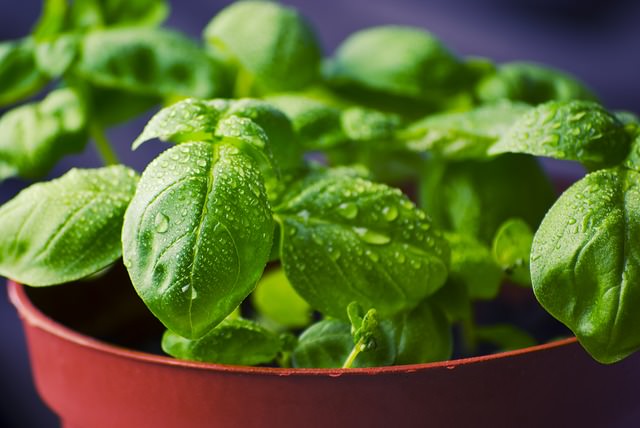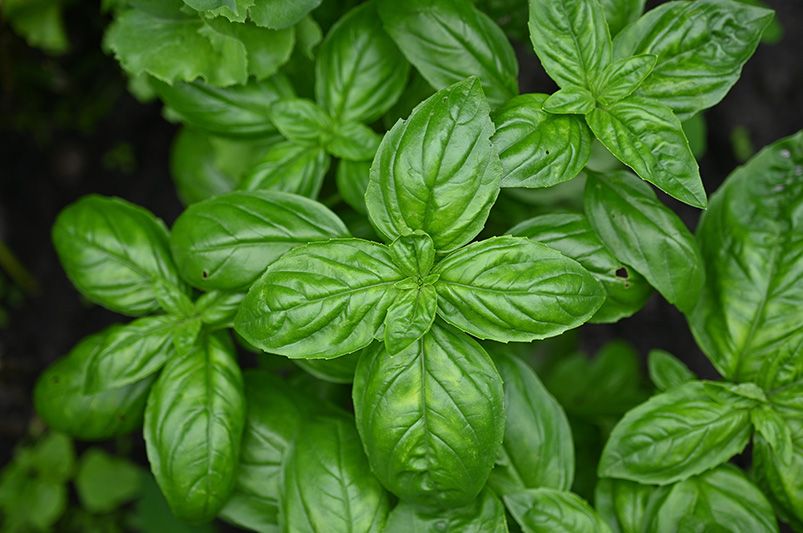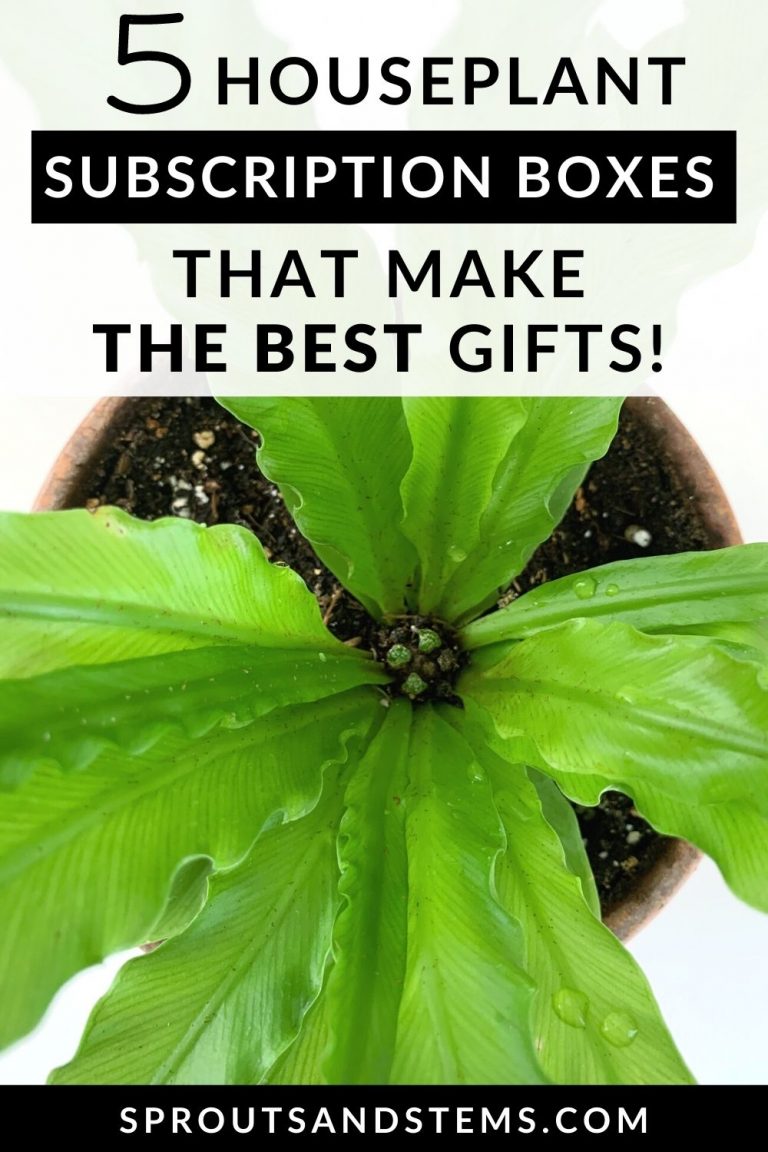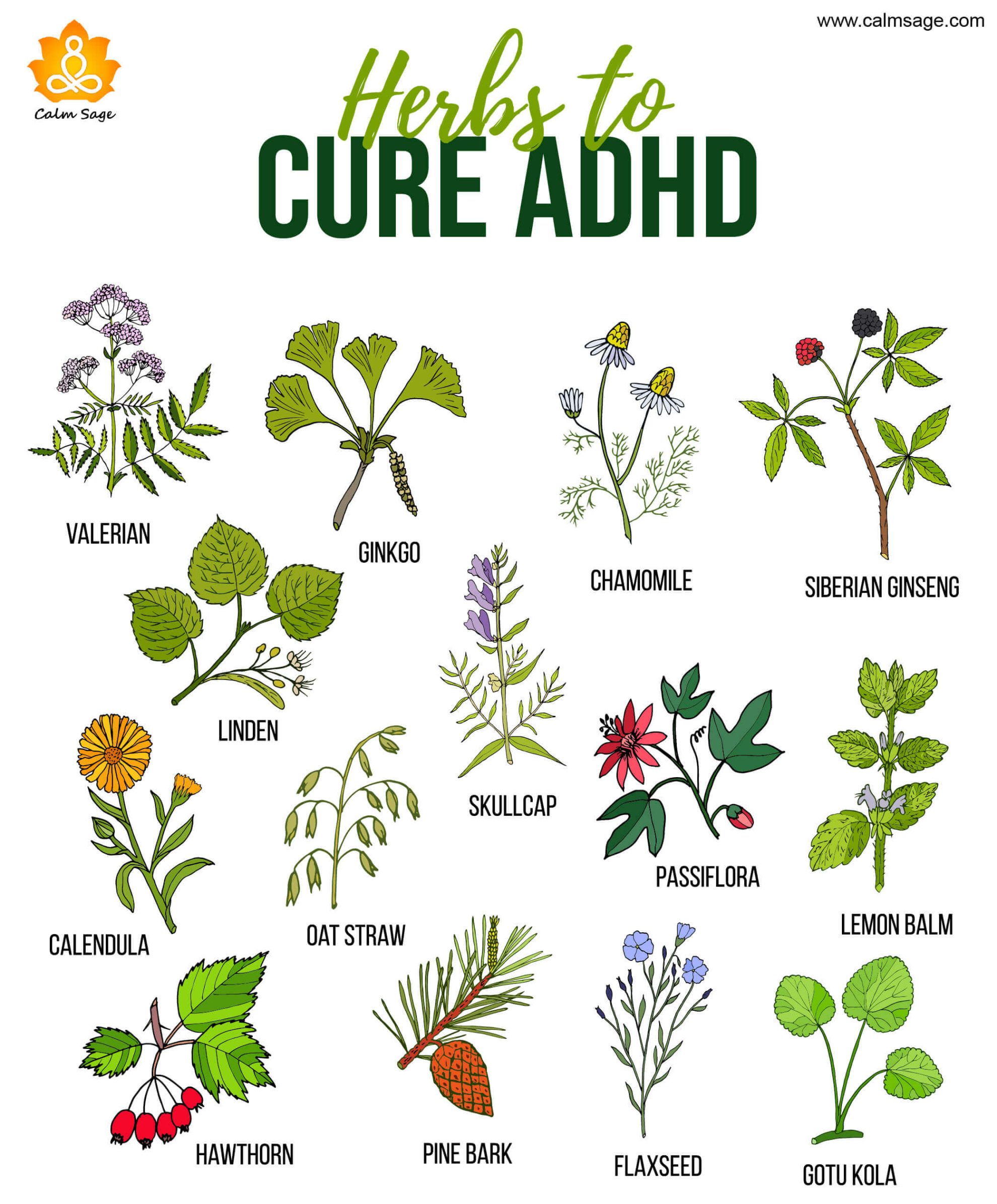Are Basil Plants Safe for Dogs? What Every Pet Owner Must Know

Ever notice how the moment you set a pot of basil on your kitchen counter, it practically sends out an invitation to your dog? There’s something about those bright green leaves that makes pups curious—maybe it’s the scent, maybe it’s just that anything new is worth investigating (and sometimes tasting). But here’s what nobody really tells you: most dog owners inadvertently make a few classic mistakes when it comes to herbs like basil—and not just the obvious ones.

Let’s get real about what actually happens, and why even seasoned pet parents trip up.
Mistake #1: Assuming “Non-Toxic” Means “Unlimited Buffet”
Here’s my confession: I once thought if a plant wasn’t on the “toxic” list, it was basically free game for my golden retriever, Maple. The first time she went in for a mouthful of basil leaves—crunching away like she’d discovered salad—I didn’t worry. After all, basil isn’t toxic to dogs (the ASPCA backs this up), so what’s the harm?
Fast-forward three hours, and Maple turned into a lawnmower at both ends. Nothing dangerous—but definitely not fun for either of us. Lesson learned: non-toxic doesn’t mean digestive superfood. Even safe herbs can cause upset tummies if overindulged. I now treat basil as an occasional snack, not a side dish.
Mistake #2: Overlooking the Stealth Attack

I used to think I’d always catch Maple in the act. Turns out, some dogs are surprisingly sneaky! More than once I caught myself blaming “squirrels” for missing basil leaves—until one afternoon in 2021 when I heard suspicious crunching under the dining table. Dogs don’t need much time to sample a plant when your back is turned.
Now, whenever I bring new plants home—basil or otherwise—I spend the first day or two observing from afar. If Maple seems interested beyond a quick sniff, I’ll move the pot higher for a while.
Mistake #3: Forgetting About Kitchen Spills
Here’s one people rarely mention: dogs aren’t just eating fresh basil straight off the plant—they’re licking up whatever hits the floor during meal prep! Ever made pesto with olive oil flying everywhere? My friend Jess swears her beagle once lapped up half a cup of spilled chopped basil (and then left green paw prints as evidence).
The fix? Wipe up spills fast and keep those fresh herb piles out of reach until you’re done cooking.

What Actually Happens When Dogs Eat Basil?
When dogs nibble on basil—a leaf or two—it almost never leads to drama. At worst? Some mild stomach gurgling or softer-than-usual stool if they eat more than their fair share (think: scarfing down an entire plant). The texture is slightly bitter and peppery; most pups lose interest after an experimental nibble.
But here’s where experience comes in handy: puppies and small breeds have less body mass to buffer any dietary surprises. In 2019, when my neighbor’s dachshund managed to uproot all her indoor herbs during a thunderstorm panic attack (yes, even plants get caught in canine mischief!), he ended up with some mild vomiting and extra naps—but bounced back by dinner.
Mistake #4: Mixing Up Your Greens
Don’t laugh—I’ve seen this happen more than once! It’s shockingly easy to confuse basil with other similarly shaped but potentially dangerous plants (like certain types of mint or unidentified garden sprouts). Once I almost let Maple near pennyroyal—thankfully caught it before she took a bite because that one is toxic!

If you aren’t 100% sure what you’ve planted—or bought from that local market stall—double-check using tools like PlantSnap or consult your vet before letting pets near them.
What Should You Actually Do If Your Dog Eats Basil?
- Stay calm—for real! Panic is contagious.
- Watch for signs: Occasional vomiting or loose stool is common after big snacks; repeated symptoms or lethargy are rare but worth monitoring.
- Call your vet if: You see blood in vomit/stool, severe diarrhea lasting more than 24 hours, or if your gut simply says something isn’t right.
- Double-check your green lineup: Use ASPCA's database (link here) as backup every season—you’d be amazed how often plant labels get swapped at garden stores!
My Go-To Routine Now
After learning these lessons firsthand (sometimes literally cleaning them off my shoes), here’s how I manage:
- Basil stays within reach unless proven otherwise: If curiosity strikes hard, up it goes!
- Meal-prep mindfulness: All chopped herbs are kept off counter edges; spills are cleaned pronto.
- Dog-safe herb checklist beside my spice rack: For quick reference when bringing home anything new.
- Vet number saved & ready: Because peace of mind matters more than pride (“Hey Doc…Maple ate half the windowsill again…”).
You can absolutely enjoy growing—and eating—basil alongside your pup without worry. Just remember those little mistakes everyone makes but no one admits until it’s too late! A bit of awareness goes further than any fancy pet-proofing product ever could.
And seriously…if you ever catch yourself Googling “my dog ate weird-looking herb,” know that you’re not alone—and there are way sillier things we all call our vets about!
So go ahead: keep that sunny window full of green life (and maybe snap some photos next time your dog gives basil its best skeptical sniff). That little bit of mindful management means everyone—including your four-legged taste tester—gets to enjoy kitchen adventures safely together!



